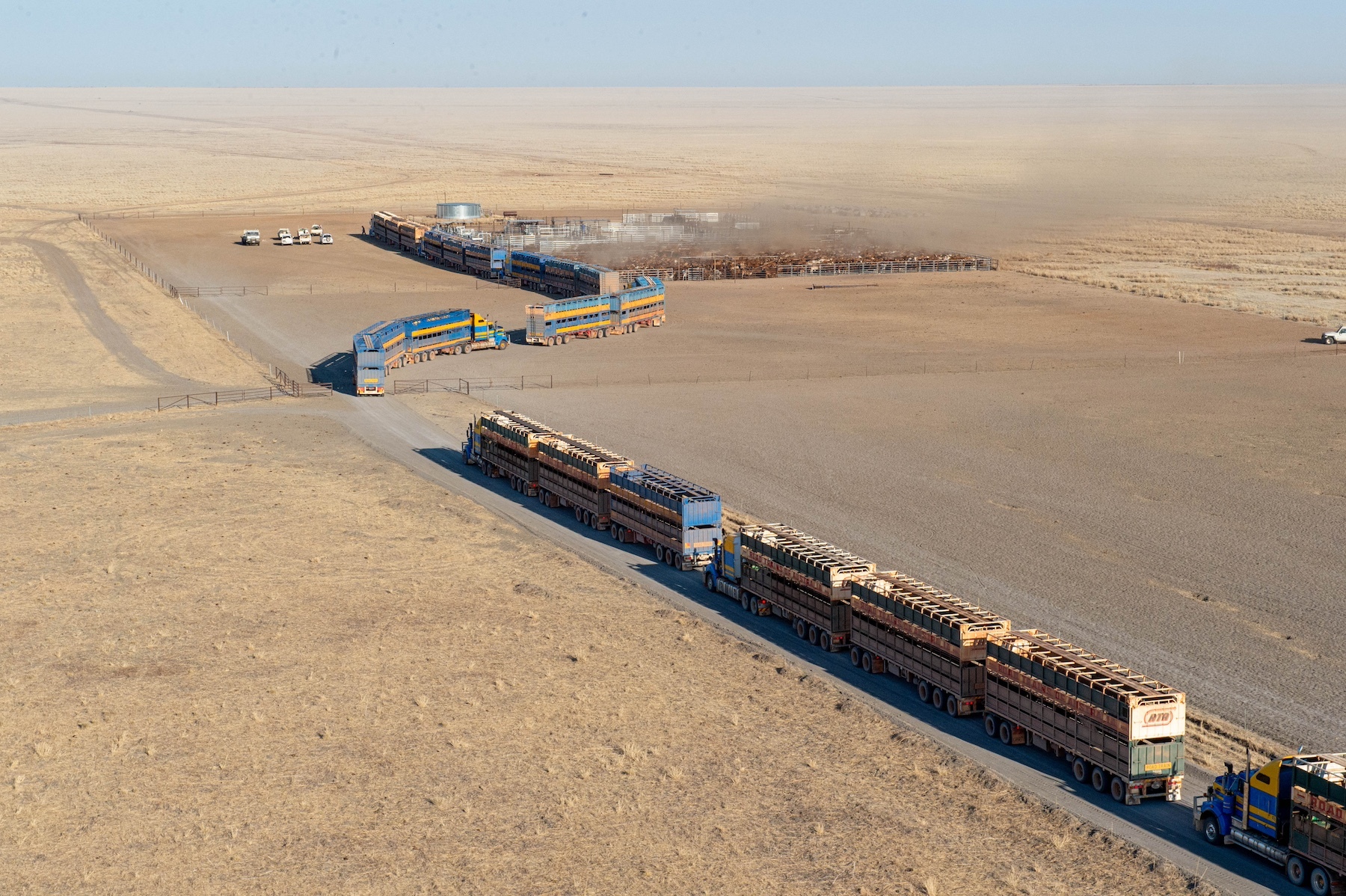The Australian Beef Market in 2025: An Absolute Cracker
In this column in July, the StoneX H2 2025 Australian Cattle & Beef Market Outlook’s bold calls were analysed and assessed for what the final 6...

Cattle producers in Western Australia are being stung by an unheard of 59% discount compared to the Eastern States – a price disparity that has caught the eye of astute traders.
As of 2pm today the EYCI was sitting at 674.41c/kg, while the WYCI was at just 397.62c/kg - a whopping 276.79c/kg or 59% difference.
MLA Senior Market Information Analyst Erin Lukey confirmed the disparity was “the largest price difference we have on record in a nominal sense and proportion sense.”
“It’s very hard to compare them directly because the WYCI is only calculated from two saleyards, so we don’t like to directly compare them,” she said.
She indicated the difference reflected a disparity of confidence, which was largely driven by rainfall.

The WYCI has been in freefall over the past year, sitting 409.60c/kg below the same day in 2023, 94.83c/kg down in the past month and 62.66c/kg down in the past week.
The WYCI held firmer and attracted a premium compared to the EYCI during October 2023, however it has been left well behind since the EYCI’s rapid rise after widespread November rainfall in the Eastern states and continued summer rains.
The EYCI has recovered to be just 80c/kg behind where it was this time last after enjoying an 86.52c/kg improvement in the past month and a 7c/kg rise in the past week.
Elders Commercial Cattle Manager Michael Longford said there was plenty of eastern state interest in WA cattle.
“It’s all price driven,” Mr Longford said.
“In the east you’ve had that bit of rain up and down the coast, you’ve got feed.
“Over in WA the market’s not as reactive and doesn’t fluctuate as the eastern states do.
“Basically, we have our weaner sales from November and everyone was just dumping all their weaners on the market. We just haven’t had rain.
“Generally, you guys are always above us, but not that far. I think we will catch up by mid year.”
Mr Longford said demand for cattle in the west was not purely weather driven, it had also been impacted by the limited number of abattoirs in WA as well as negative sentiment throughout the livestock market due to the proposed banning of the live export industry.
The WA sheep market is also suffering from massive discounts, particularly in mutton.
The Bureau of Meteorology reported this week that Australia experienced its ninth-wettest January on record, however rainfall was below average for much of Australia’s west coast.
Areas with rainfall deficiencies, including those with record low rainfall, expanded in Western Australia, and January soil moisture was very much below average for large areas of the state.
“The season’s been about two months ahead than it has been in previous years,” Mr Longford said.
“Hay production to the south of Perth is estimated to be 20-60% down.”
.jpg)
In this column in July, the StoneX H2 2025 Australian Cattle & Beef Market Outlook’s bold calls were analysed and assessed for what the final 6...
.png)
Each December we save the last article of the year for a bit of a crystal ball gaze, as we try to bring together market fundamentals and work out...
.png)
Australia’s wool market posted another strong performance this week, with all micron categories attracting solid support across the three selling...